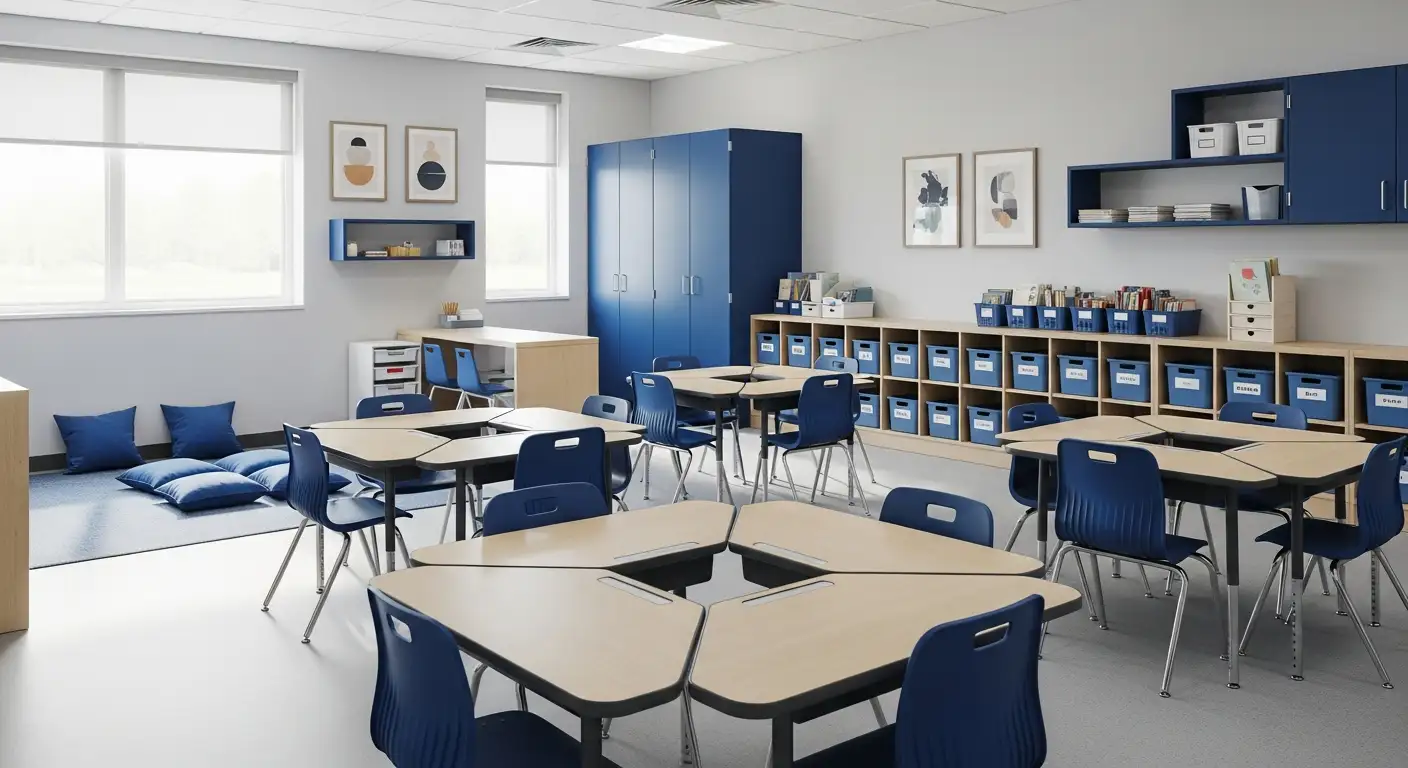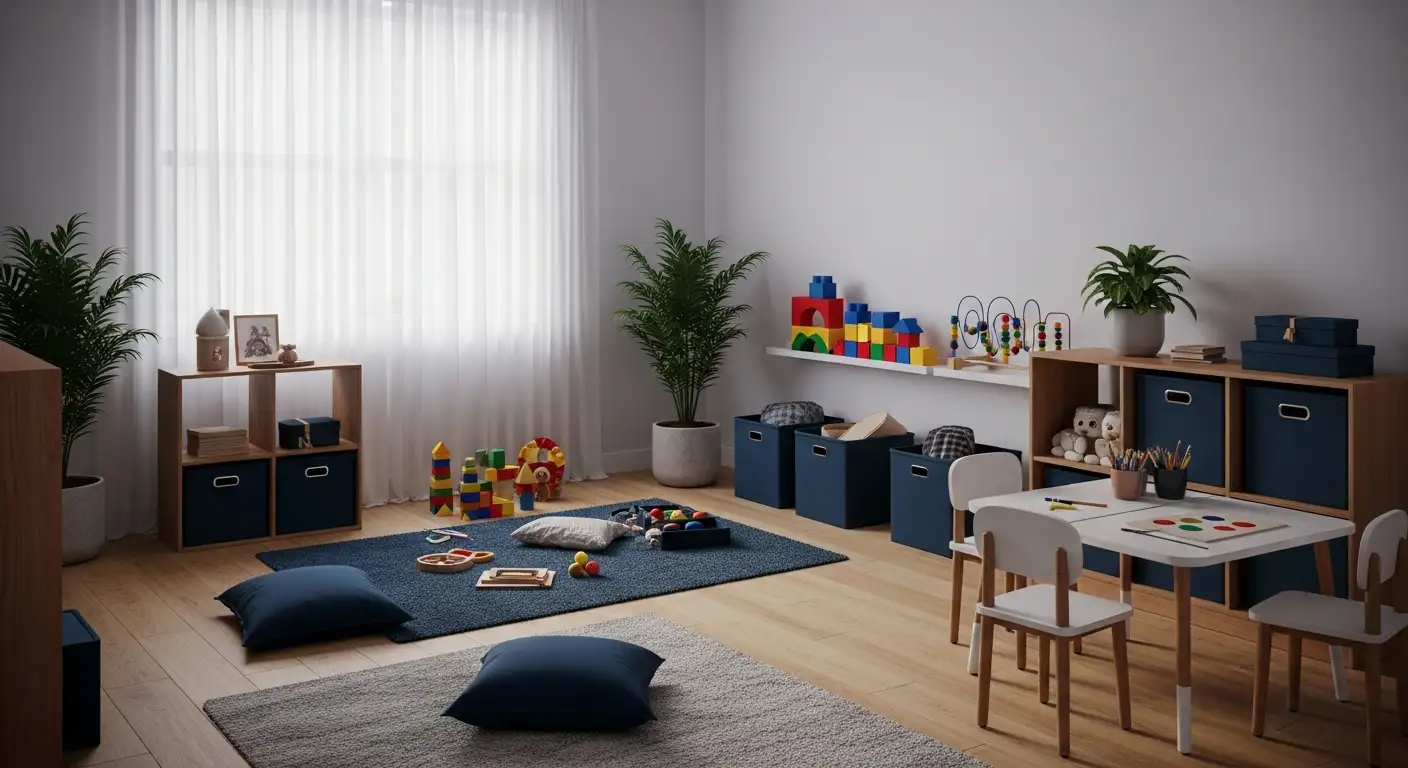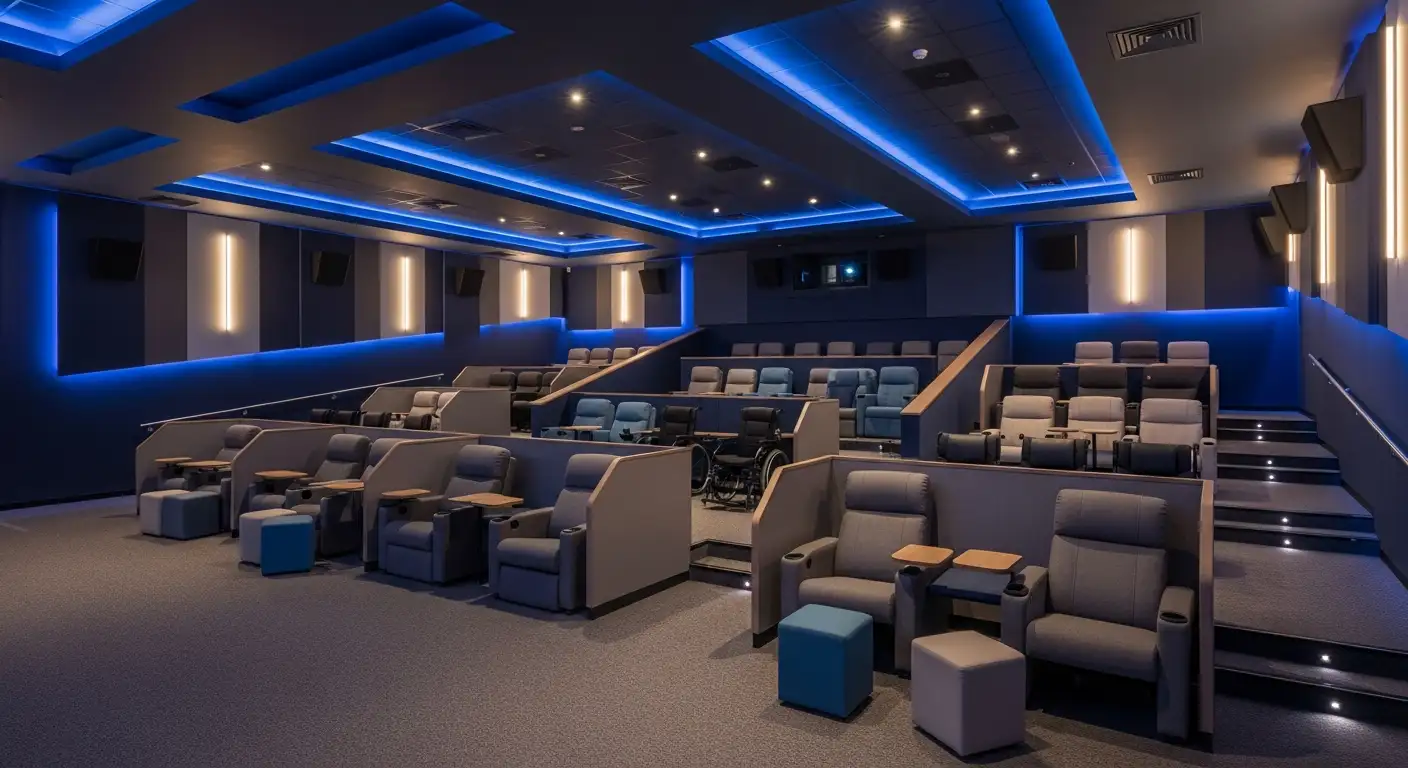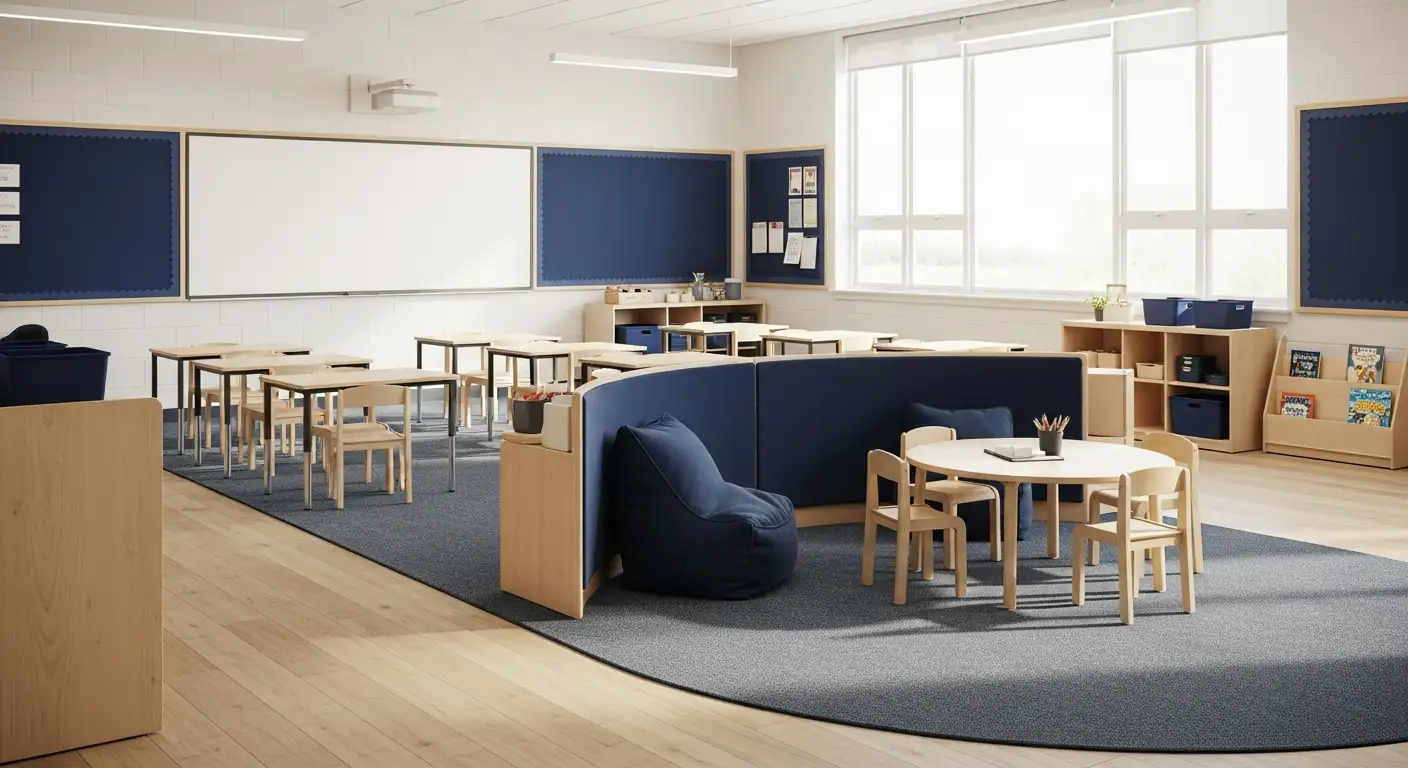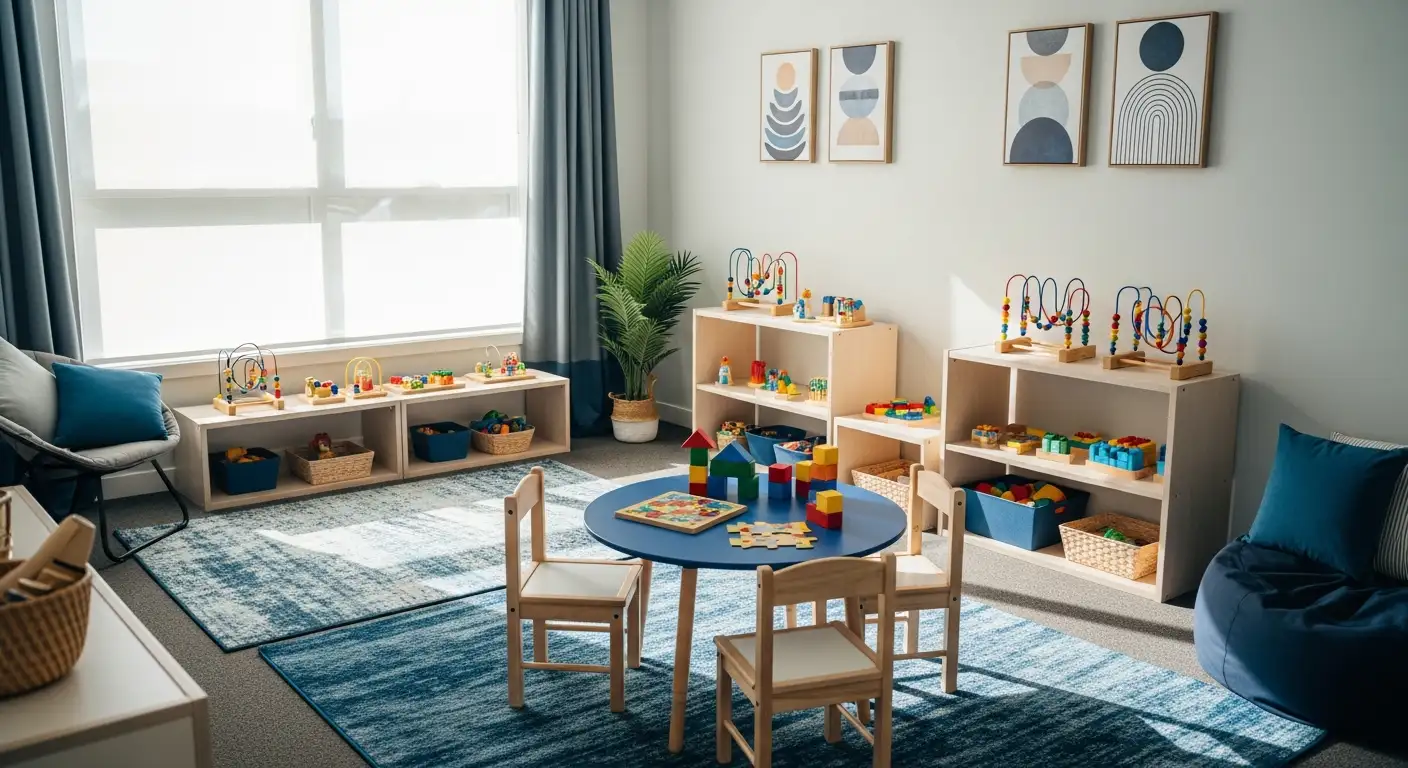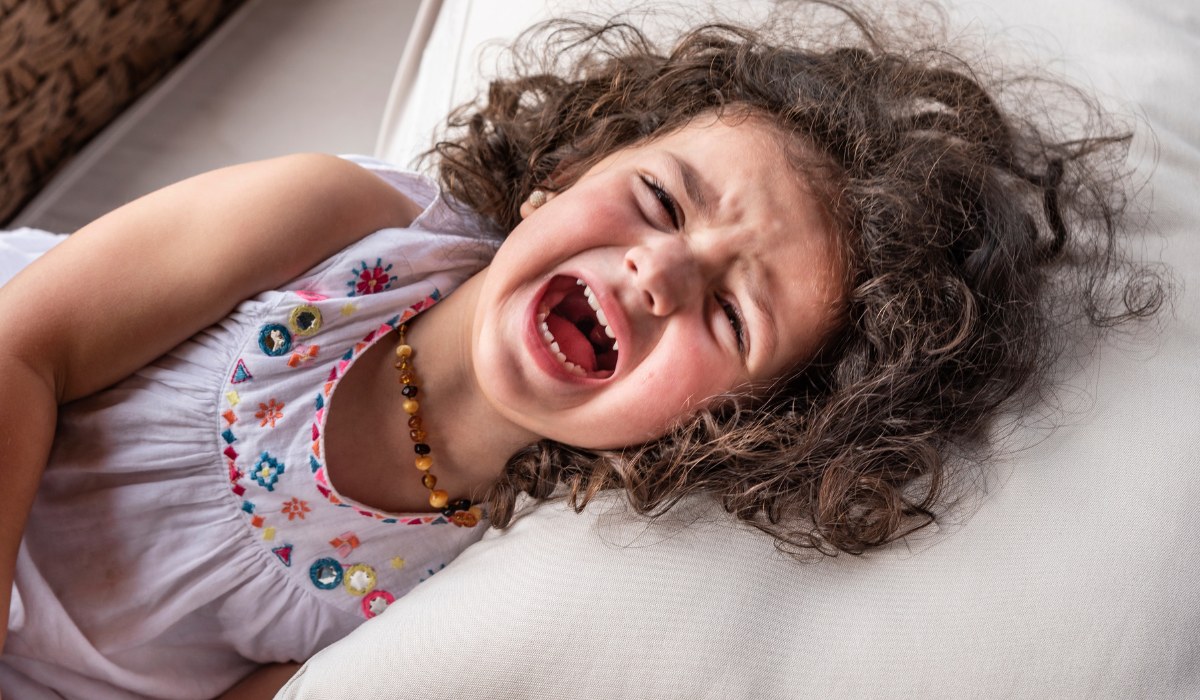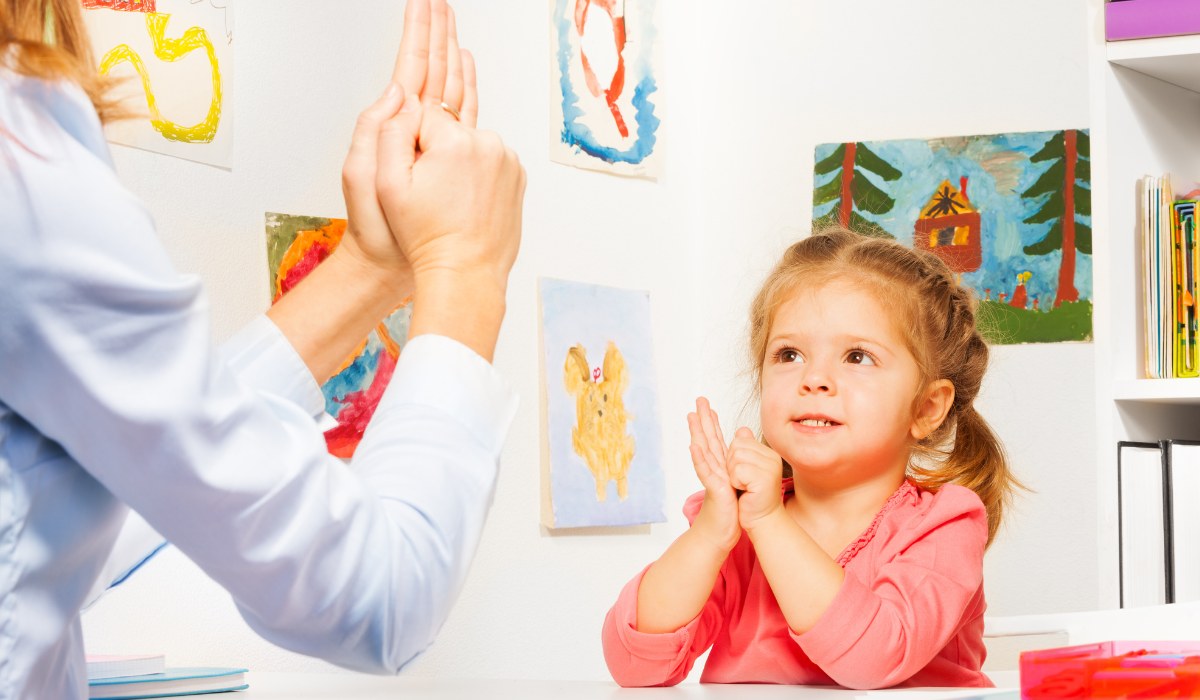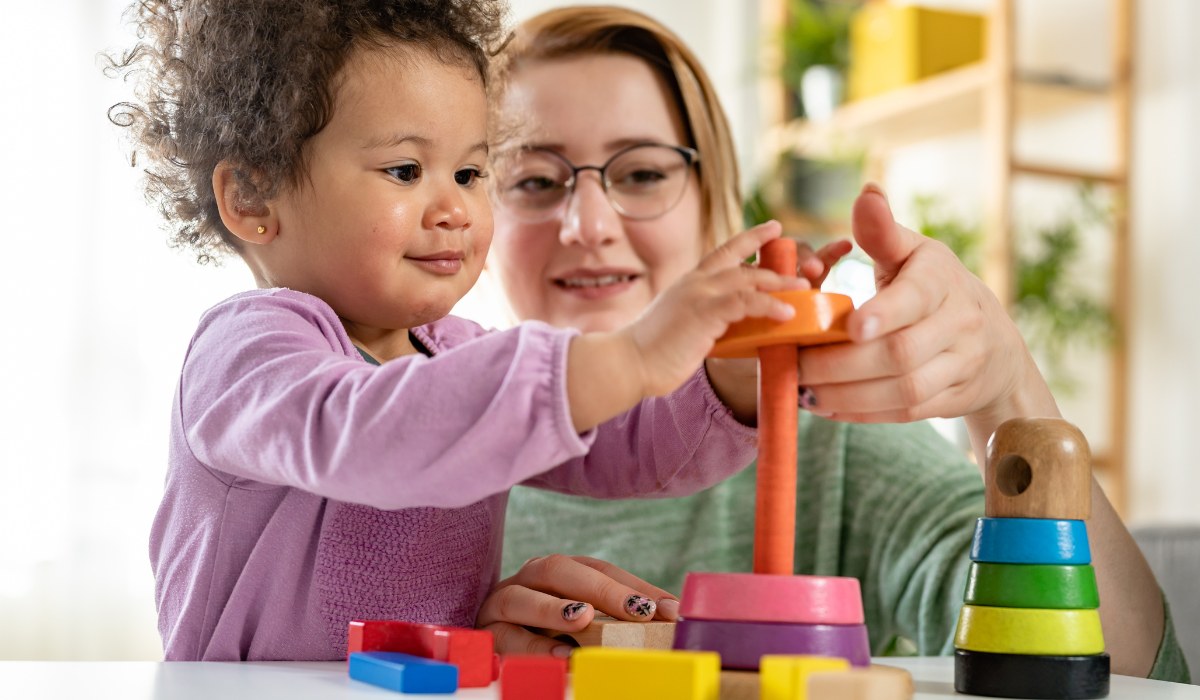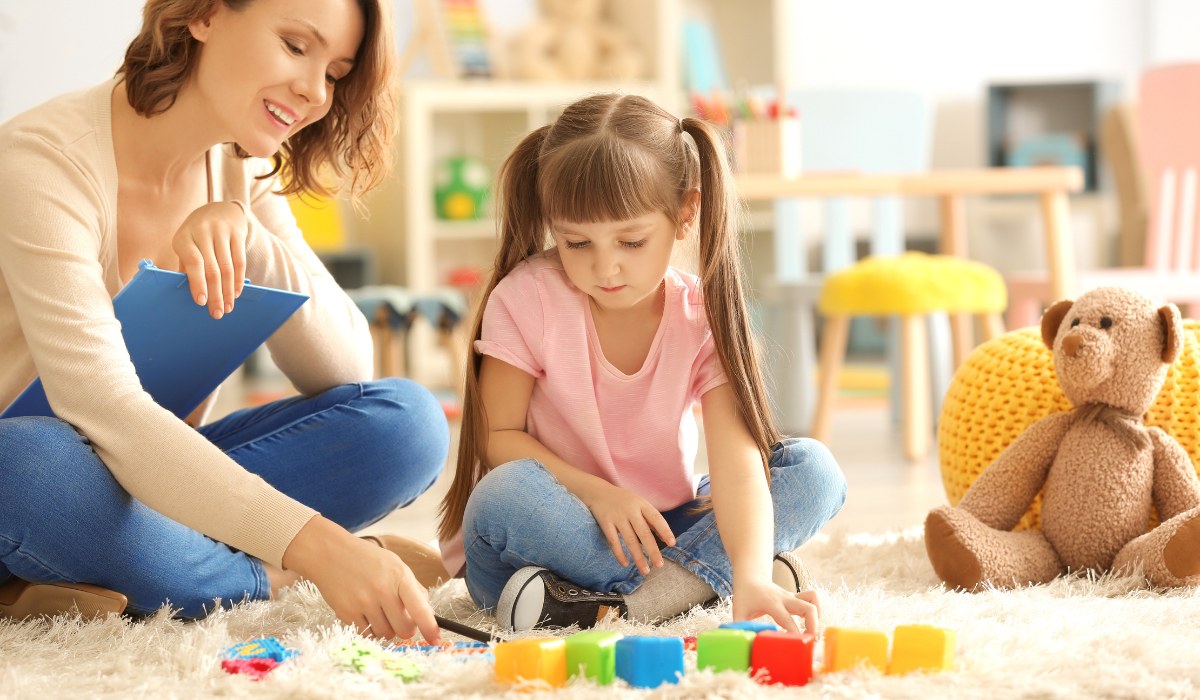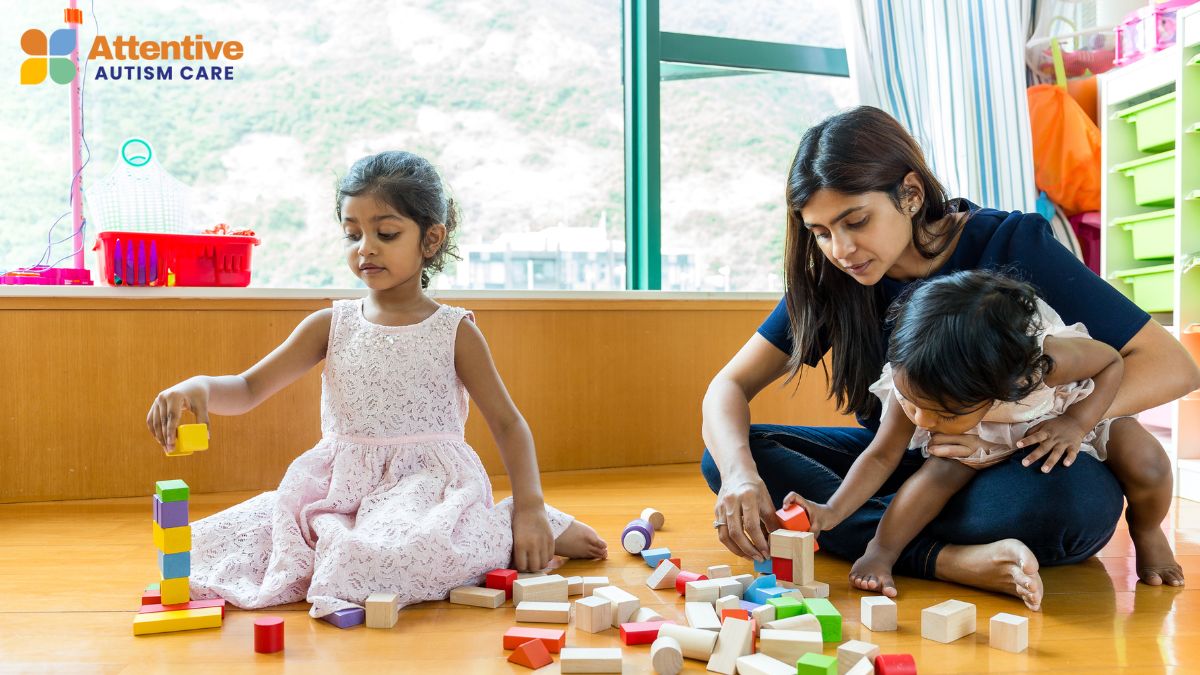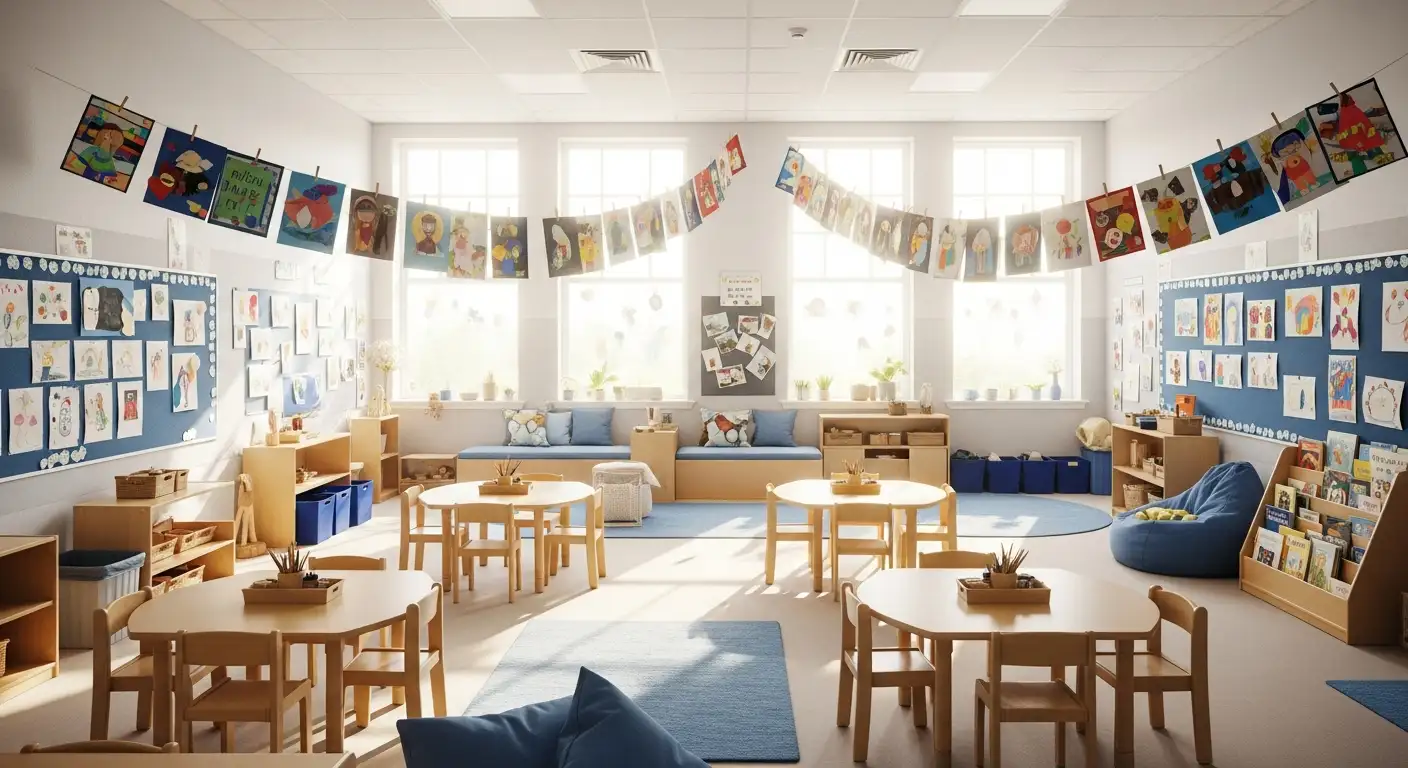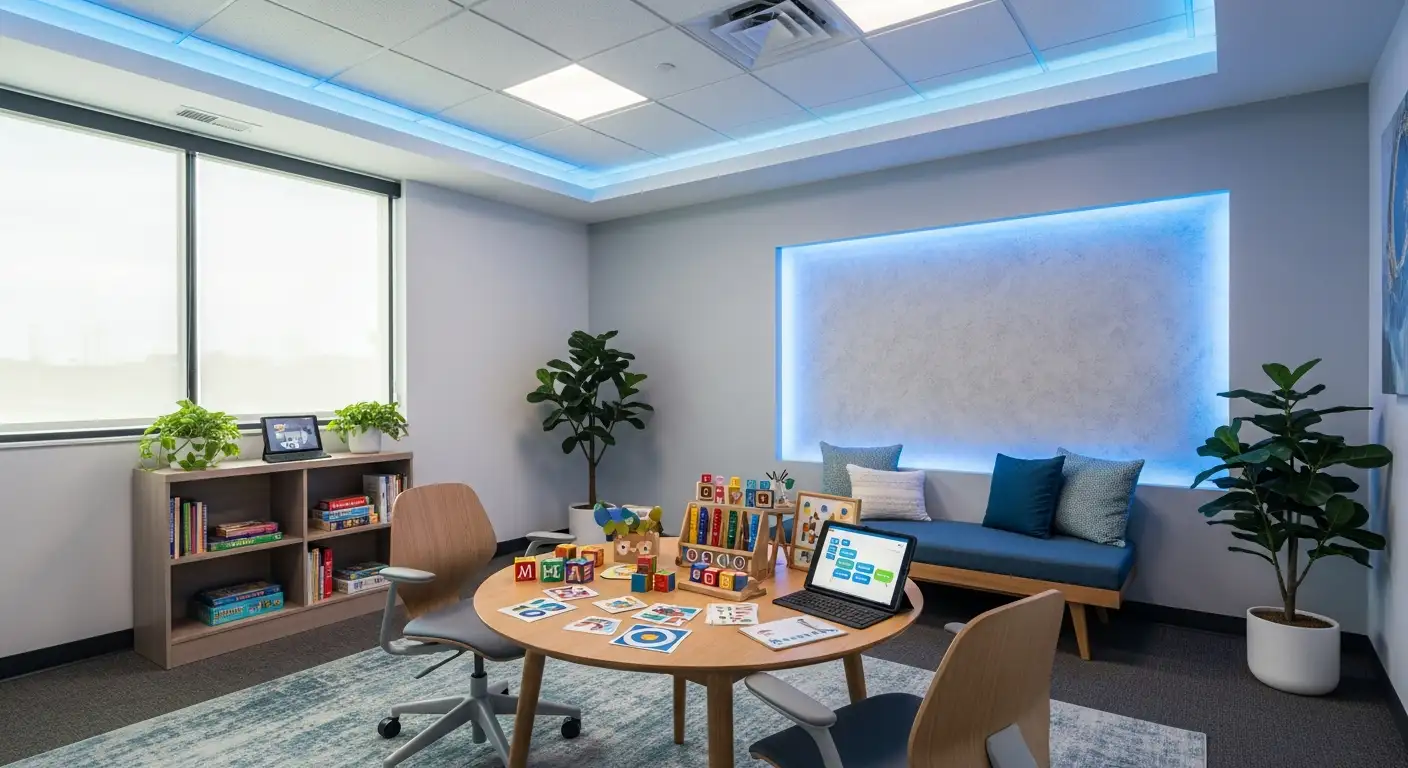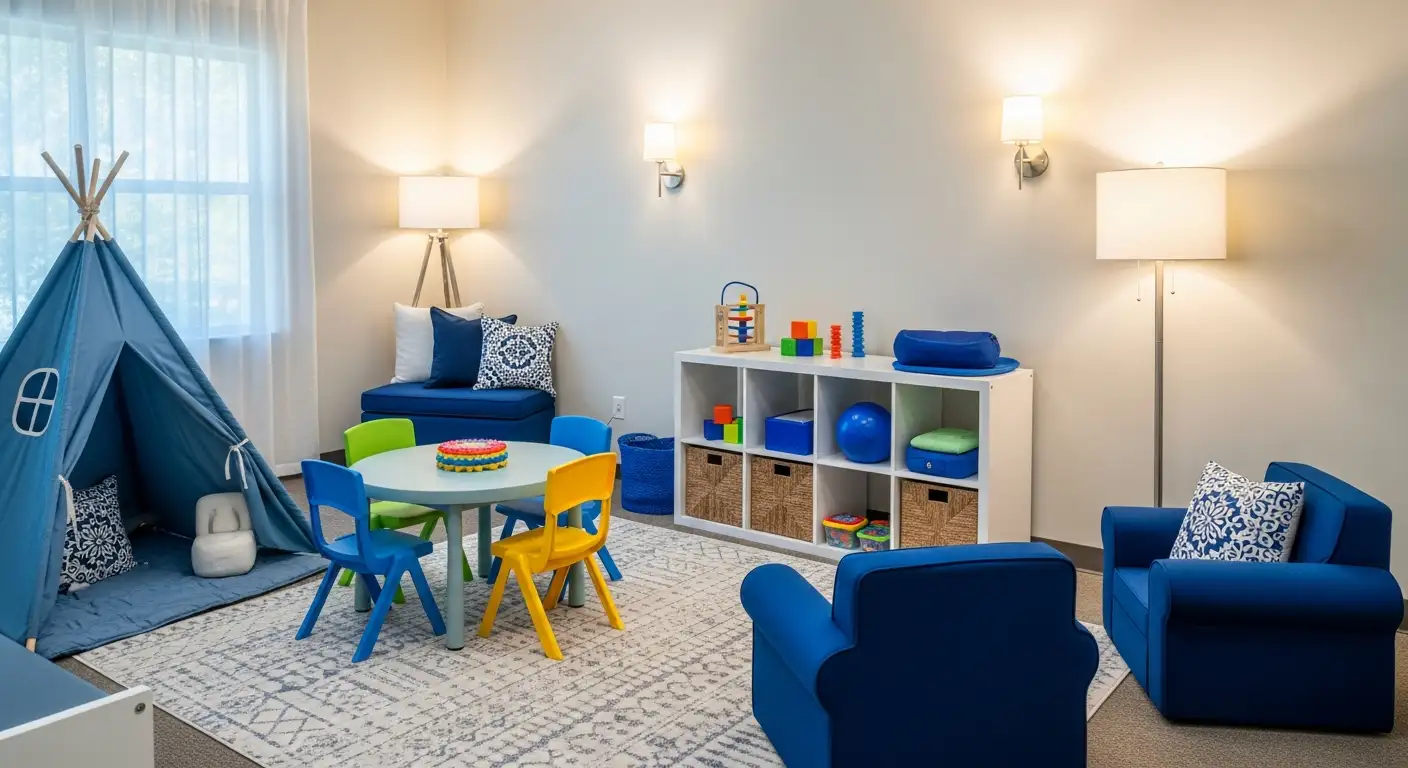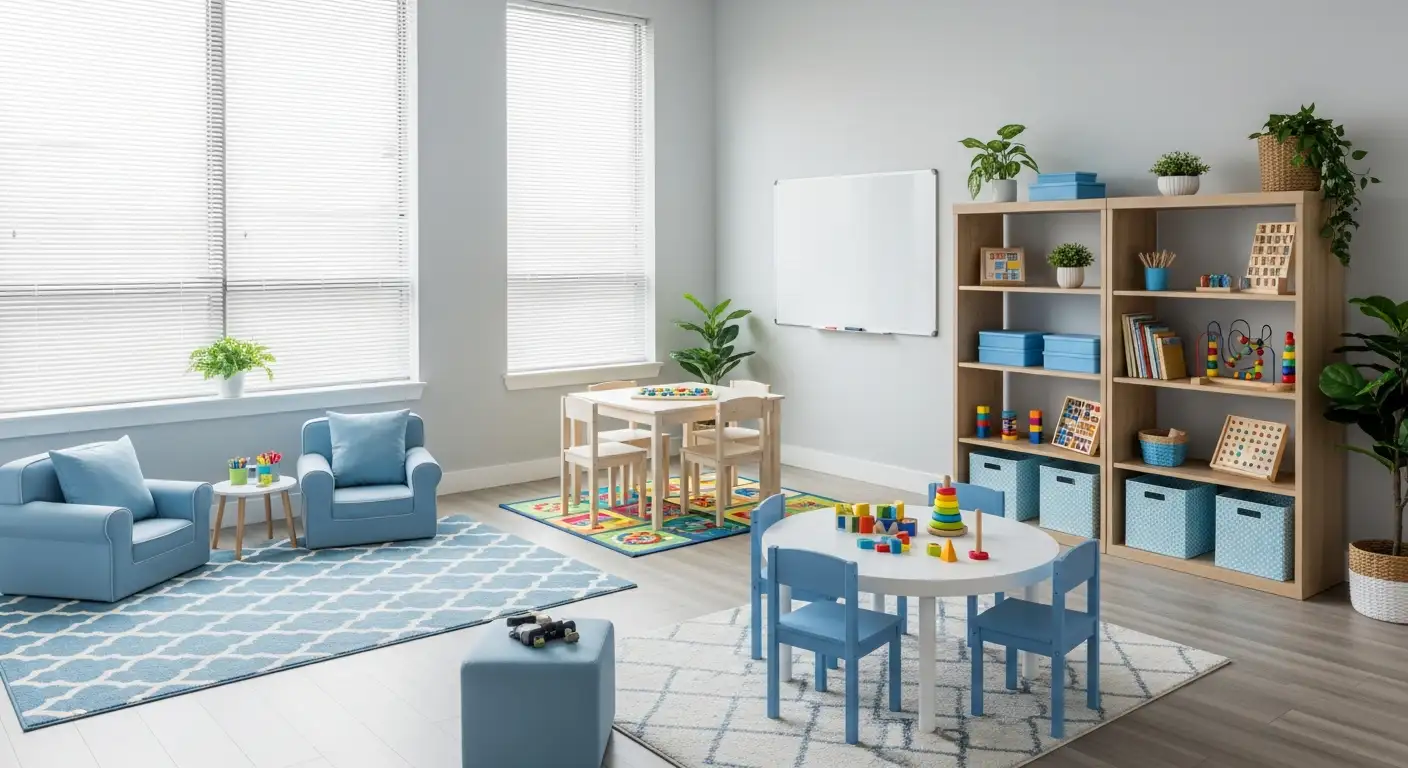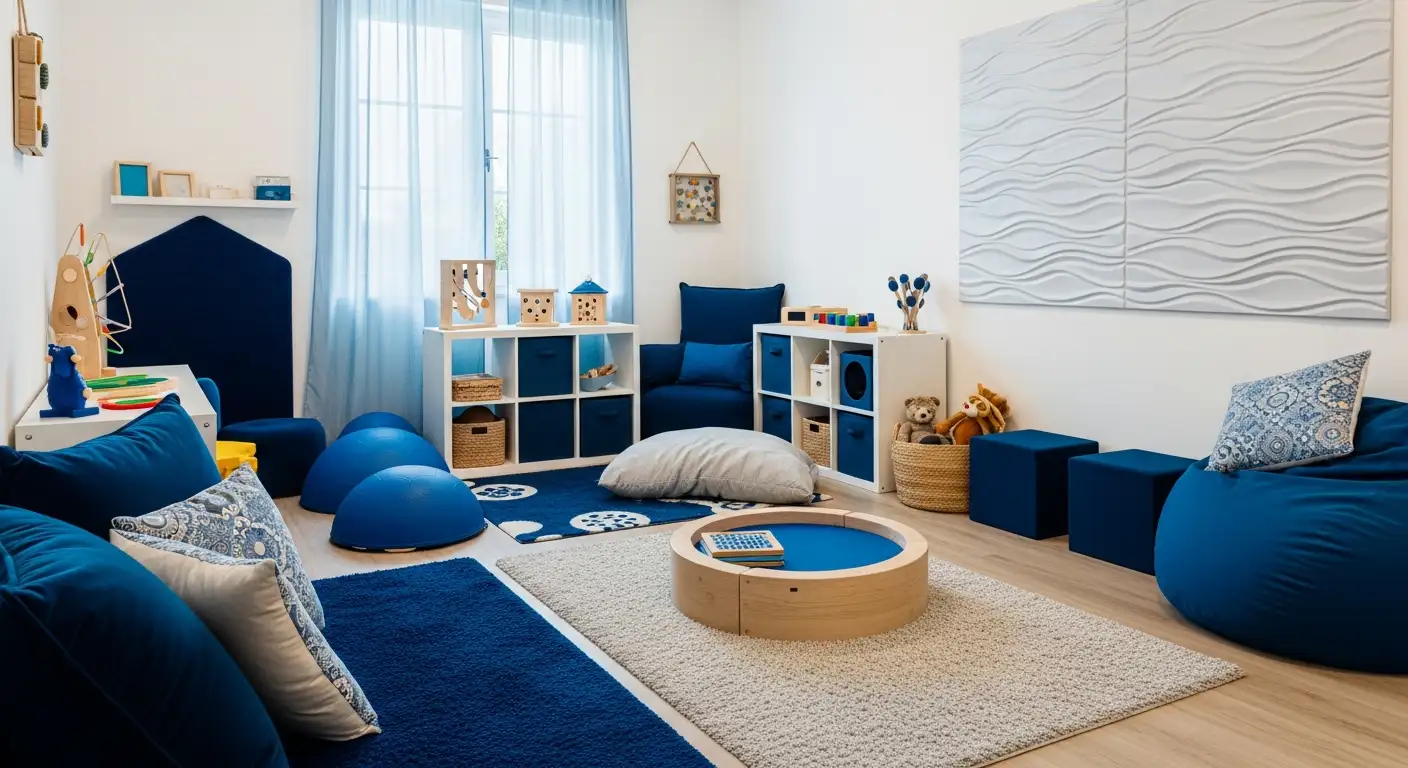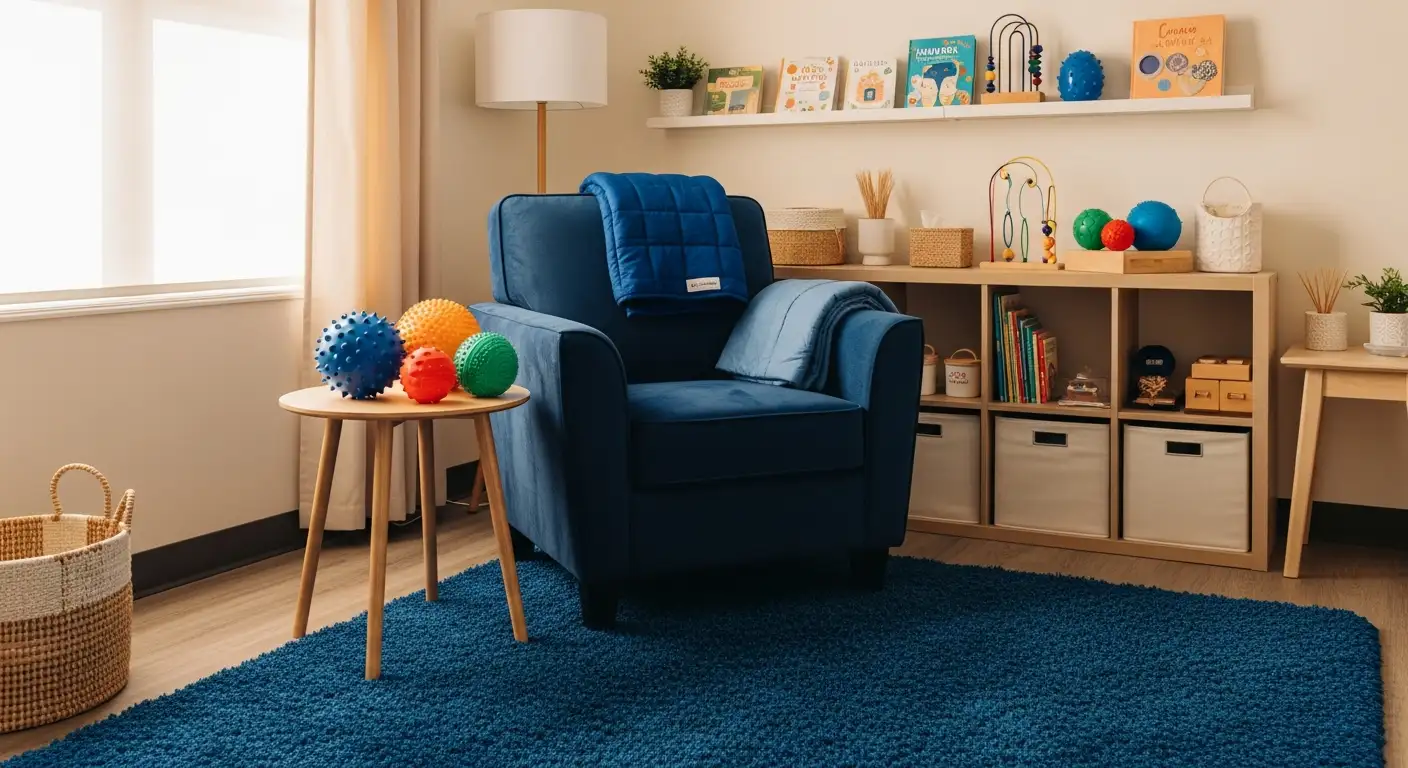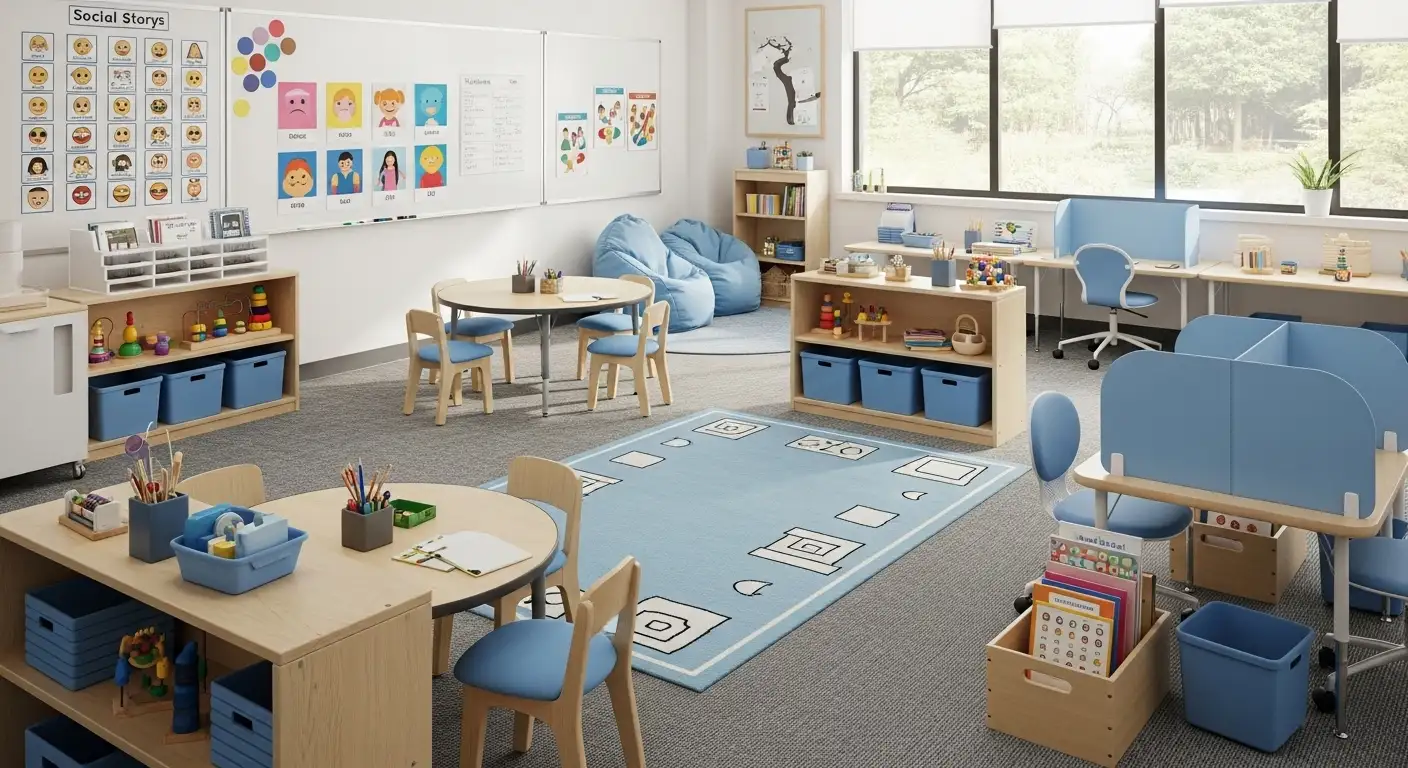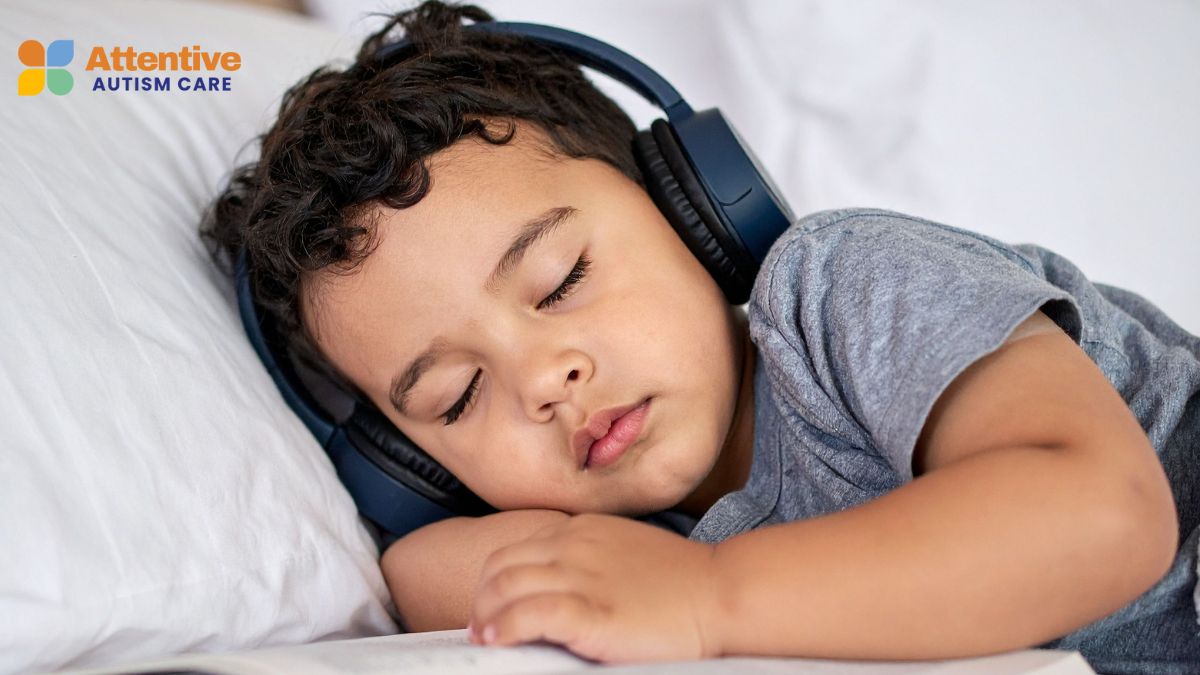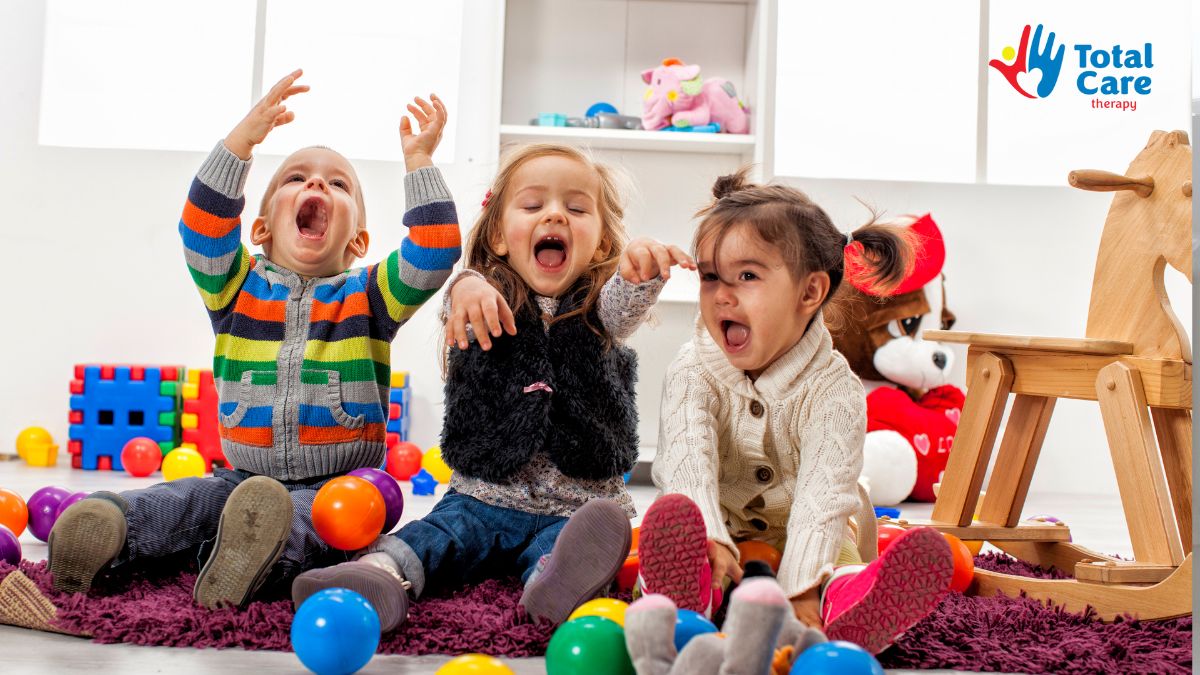Shy Child vs. Autism
Understanding and Differentiating Shyness from Autism Spectrum Disorder

Introduction to Shyness and Autism
Many parents and caregivers find themselves confused when children display social difficulties or withdrawal. While some behaviors may seem similar, understanding the fundamental differences between shyness and autism spectrum disorder (ASD) is crucial for providing appropriate support. Recognizing the signs, understanding diagnostic criteria, and knowing when to seek professional evaluation can significantly impact a child's developmental trajectory and quality of life.
Characteristics of Shyness and Autism

Emotions and social behavior in shy children
Shyness is generally considered a personality trait characterized by feelings of awkwardness or worry in social situations, especially with unfamiliar people. Shy children often experience physical symptoms such as blushing, sweaty palms, or upset stomach when faced with social interactions. Despite these feelings, they typically understand social cues and can form effective communication once they feel comfortable. Over time, many shy children develop more confidence through supportive environments and gradual exposure to social settings. Their behavior tends to vary across different contexts, and they usually catch up with peers in communication skills.
Communication skills and social cues in children with autism
Children with autism spectrum disorder (ASD) often face persistent challenges with communication and understanding social cues. They might avoid eye contact, delay or struggle with verbal speech, and exhibit limited nonverbal gestures like pointing or showing objects. Receptiveness to social cues such as tone of voice, facial expressions, or body language tends to be impaired, making social interactions difficult. Additionally, children with autism may not initiate conversations or respond consistently when called. These communication difficulties are typically noticeable across all environments and are often accompanied by repetitive behaviors, sensory sensitivities, and strict routines.
Physical symptoms and behavioral tendencies
Physical signs in children with autism can include visibly signs of discomfort like shaking, sweating, or distress in new environments. They may also display repetitive actions such as hand-flapping, lining up toys, or rocking, which serve to manage sensory overload or anxieties. Sensory sensitivities are common; children might react strongly to noises, textures, or smells, avoiding or reacting intensely to such stimuli. Difficulties with flexibility—such as resistance to changes in routine—are also characteristic. Conversely, shy children might show some physical signs of nervousness but generally do not exhibit these intense or persistent behaviors.
What misconceptions exist about shyness and autism?
A widespread misunderstanding is that shyness and autism are the same or that shy children will inevitably outgrow their reticence. While shyness is a temporary personality trait linked to social anxiety, autism spectrum disorder is a neurodevelopmental condition involving enduring challenges with social communication, behavior, and sensory processing. Behaviors like avoiding eye contact or social withdrawal are seen in both, which can create confusion. However, autistic children tend to display these behaviors consistently across all settings and show additional signs like delayed speech, repetitive behaviors, and sensory sensitivities. Early professional assessment is vital to differentiate between the two, as it guides appropriate intervention strategies such as speech therapy, occupational therapy, or behavior therapy like Applied Behavior Analysis (ABA). Recognizing these distinctions ensures children receive tailored support that best meets their needs.
Can shyness be mistaken for autism, and how can parents tell the difference?
Yes, shyness can be confused with autism because both involve behaviors like reduced eye contact, difficulty initiating interaction, or preference for solitary activities. However, shy children typically understand social cues, respond well to encouragement, and generally develop communication skills normally. Their interactive difficulties tend to be situational and improve over time. In contrast, children with autism display persistent problems with language development, understanding social cues, sensory sensitivities, and often engage in repetitive or restricted behaviors regardless of environment. Signs such as delayed speech, lack of response to their name, and resistance to routine are red flags for autism. Early evaluation by developmental professionals can help distinguish between shyness and autism, enabling timely support and intervention.
What signs distinguish autism from just shyness?
Differences include the persistence and across-the-board nature of social challenges in autism. For example, children with autism may not respond to their name by 9 months, avoid eye contact consistently, and engage in repetitive behaviors like hand-flapping or lining up objects. They often have restricted interests and resistance to change. Their social difficulties are not just situational but are evident regardless of comfort level or familiarity. Shy children, however, tend to exhibit temporary withdrawal, seek reassurance from familiar caregivers, and show improved social interactions once they feel safe. They usually develop language and social skills on schedule, unlike many children with autism.
Early signs of autism to watch for
Monitoring early development is crucial. Signs include limited eye contact, failure to point or show objects by 18 months, delayed babbling or speech, and lack of social smiling. Resistance to routine changes, unusual fixation on specific objects or movements, and sensory sensitivities—such as distress from loud noises or certain textures—are also early clues. Children may exhibit repetitive behaviors like hand-flapping or rocking. Recognizing these signs during routine developmental milestones allows parents and caregivers to seek professional assessment promptly. Early diagnosis enables access to interventions like speech, occupational therapy, and ABA, which can significantly enhance developmental trajectories.
What are the differences in behavior and social interaction between shy children and children with autism?
Shy children show a temporary reluctance or anxiety in social contexts, often improve with support, and understand social expectations. They tend to respond effectively to gentle encouragement and gradually overcome fears. Children with autism, however, show persistent difficulties in understanding, interpreting, and responding to social cues effectively, often engaging in behaviors such as avoiding eye contact, repetitive movements, and fixated interests. Autism involves challenges that persist across settings and usually require structured, ongoing support. The core distinction lies in the pervasiveness and permanence of social and communicative difficulties.
What should parents know about diagnostic criteria for autism?
Parents should understand that autism diagnosis is based on consistent deficits in social communication and interaction, such as difficulty with reciprocal conversation, nonverbal communication, and forming relationships. It also involves restricted, repetitive behaviors, insistence on sameness, and sensory sensitivities. Diagnostic tools like the Autism Diagnostic Observation Schedule (ADOS) and Autism Diagnostic Interview-Revised (ADI-R) are used by professionals, alongside developmental history. Autism severity levels from Level 1 to Level 3 indicate the level of support needed. Early diagnosis is vital for accessing therapies that improve outcomes. If developmental concerns are identified, parents should seek assessment from specialists trained in autism diagnosis.
Are social withdrawal and isolation specific to autism?
Although social withdrawal is common among children with autism due to difficulties in social communication, it is not exclusive to autism. Many children with anxiety, depression, or social phobia may also withdraw temporarily or in specific situations. Autism-related withdrawal tends to be more persistent and pervasive, evident across environments, and coupled with other signs such as repetitive behaviors and sensory issues. Accurate diagnosis involves considering behavioral patterns, sensory sensitivities, and emotional health. Tailored interventions—behavioral, social skills training, sensory integration—are most effective when based on an accurate understanding of the child's needs.
Creating Awareness and Support Strategies

Why is early intervention important?
Early intervention plays a crucial role in supporting children with autism by addressing developmental delays and behavioral challenges as early as possible. Starting therapies such as speech therapy, occupational therapy, and Applied Behavior Analysis (ABA) in preschool years significantly enhances communication, social skills, and daily functioning. These therapies focus on promoting positive behaviors, helping children understand social cues, and reducing repetitive or challenging behaviors. When support begins early, children are more likely to develop language skills, increase social interactions, and adapt to routine changes effectively. Creating an autism-friendly environment at home and in the classroom further promotes a child's growth and confidence, leading to better long-term outcomes.
Role of behavioral therapies such as ABA and speech therapy
Behavioral therapies like ABA, speech therapy, and occupational therapy are foundational in supporting children with autism. ABA is an evidence-based approach that aims to increase positive behaviors and teach new skills, including following instructions, engaging in conversations, and understanding language in social contexts. Speech therapy addresses language delays, improves both verbal and non-verbal communication, and helps children interpret social cues. Occupational therapy often focuses on sensory processing, helping children manage sensitivities to noises, textures, and smells, which can be overwhelming. These therapies are tailored to each child's needs and are most effective when delivered consistently and early. They also foster the development of social skills important for everyday interactions.
Supporting social development in children with autism and shyness
Supporting social skill development involves creating supportive environments and structured opportunities for children to practice interactions. For shy children, gradual exposure to social situations, modeling behaviors, and role-playing scenarios can bolster confidence and ease anxiety. Reinforcing positive social efforts with praise helps normalize participation.
Children with autism benefit from structured social skills training, often using visual supports, social stories, and clear routines. Occupational and speech therapy can further enhance their ability to communicate and manage sensory sensitivities. Creating sensory-friendly spaces in classrooms and minimizing sensory overload—such as bright lights or loud noises—also helps children engage more comfortably socially.
Parents, teachers, and professionals working together ensure interventions are consistent and tailored. Celebrating small successes, normalizing feelings of discomfort, and providing patience and encouragement foster growth in both shy and autistic children.
Creating sensory-friendly environments in classrooms
Classrooms designed to be sensory-friendly significantly benefit children with autism and shy children sensitive to sensory input. Strategies include providing quiet zones for calming down, using soft lighting or adjustable lights, reducing loud noises, and offering sensory tools like fidget toys or textured mats. Maintaining predictable routines and visual schedules help children feel secure and understand what to expect, reducing anxiety related to change. These modifications help children focus, participate, and develop social skills without becoming overwhelmed, creating a more inclusive learning environment.
Collaboration among parents, teachers, and professionals
Effective support relies on collaboration among parents, teachers, developmental pediatricians, psychologists, and autism specialists. Regular communication ensures that strategies are aligned and adapted to each child's progress. Comprehensive assessments involving developmental history, observation, and standardized tools like the Autism Diagnostic Observation Schedule (ADOS) and Autism Diagnostic Interview-Revised (ADI-R) are essential for accurate diagnosis.
This teamwork facilitates tailored interventions—whether for autism or shyness—ensuring children receive the right level of support. Early identification of autism and clear differentiation from shyness enable prompt, targeted therapies that promote development and social engagement. Ultimately, a collaborative approach fosters a nurturing environment where every child's unique needs are recognized and supported.
Supporting Children Through Tailored Interventions and Environments

What role do behavioral therapies like ABA, speech, and occupational therapy play?
Behavioral therapies such as Applied Behavior Analysis (ABA), speech therapy, and occupational therapy are fundamental in supporting children with autism. These interventions are personalized to meet each child's unique needs, focusing on improving communication, social skills, and behavior regulation.
ABA therapy, for example, emphasizes strengthening positive behaviors and teaching everyday skills like following instructions, engaging in conversations, and understanding language in social contexts. Speech therapy helps children develop expressive and receptive language abilities, fostering better communication with others. Occupational therapy supports development of daily living skills and helps children manage sensory sensitivities.
Together, these therapies address core challenges, reduce problematic behaviors, and promote independence. Consistent, structured sessions delivered by trained professionals make a notable difference in a child's developmental trajectory.
How can creating sensory-friendly classrooms and homes support children?
A sensory-friendly environment significantly benefits children with autism by reducing sensory overload, which can cause discomfort and disrupt learning or social interaction. In classrooms, modifications like dim lighting, quiet areas, tactile-friendly materials, and noise reduction strategies help create a calm space conducive to focus and engagement.
At home, parents can implement routines that minimize sensory stressors, such as controlling noise levels or providing calming textures and visuals. These adaptations promote emotional regulation and make children feel secure, encouraging participation in daily activities.
Sensory-friendly settings are also valuable for shy children, who might feel overwhelmed by overstimulating environments. Overall, such spaces enable children to better manage their sensory experiences, leading to improved social interaction and learning.
Why is training for caregivers and teachers on recognizing signs and providing support essential?
Caregivers and teachers are on the front lines of observing and supporting children's development. Training them to recognize early signs of autism and to understand behavioral cues is crucial for timely intervention.
Proper training equips adults to implement strategies that support social engagement, manage sensory sensitivities, and foster positive interactions. It also helps them differentiate between shyness and autism, ensuring appropriate responses and referrals for professional assessment.
Furthermore, educators and caregivers play a vital role in creating a nurturing environment where children feel secure to express themselves. Their ongoing support and patience, combined with a deep understanding of each child's needs, facilitate better developmental outcomes.
How can social skills be developed in both shy and autistic children?
Enhancing social skills involves structured activities that build confidence and facilitate interaction. For shy children, gradual exposure to social situations, encouragement, and positive reinforcement can lessen anxiety and foster communication.
For children with autism, targeted social skills training, such as social stories, role-playing, and peer-mediated activities, helps them interpret social cues, respond appropriately, and build relationships.
Including peer groups and social clubs, along with consistent practice, supports skill generalization across different settings. Therapy approaches like social skills groups and visual supports make learning accessible and engaging.
Why is patience and normalization of feelings important in intervention?
Patience is vital during intervention, as progress may be gradual and setbacks are part of the learning process. Validating children's feelings—whether they are anxious, frustrated, or excited—helps build trust and resilience.
Normalizing feelings reduces stigma around social challenges, encouraging children to express themselves openly without fear of judgment. Supportive environments that acknowledge emotional experiences promote a sense of safety essential for learning and development.
Integrating empathy and understanding into intervention practices enhances the effectiveness of therapies and fosters a positive attitude toward social and behavioral growth.
| Focus Area | Strategies | Additional Details |
|---|---|---|
| Behavioral therapies | ABA, speech, occupational therapy | Customized plans, skill reinforcement, behavior management |
| Sensory environment creation | Adjust lighting, noise control, tactile materials | Supports emotional regulation, reduces overload |
| Caregiver and teacher training | Recognition of signs, support techniques | Early detection, tailored responses |
| Developing social skills | Structured activities, social stories, role-playing | Building confidence, managing social anxiety |
| Patience and normalization of feelings | Emotional validation, gradual exposure | Fosters resilience and encourages open expression |
Understanding and implementing these strategies foster inclusive, supportive environments that respect each child's unique journey. Through patience, tailored support, and expert guidance, caregivers and educators can empower children—whether shy or on the autism spectrum—to develop essential social skills and thrive.
Final Thoughts on Supporting Neurodiverse Children
Understanding the differences between shyness and autism is vital for caregivers, teachers, and healthcare professionals. Accurate identification ensures that children receive the right support—whether through nurturing social opportunities for shy children or structured, therapeutic interventions for children with autism. Early diagnosis, tailored therapies, and supportive environments can significantly improve developmental outcomes and quality of life. Creating awareness, dispelling misconceptions, and fostering a collaborative approach among caregivers and professionals are critical steps toward helping all children reach their full potential. By respecting each child's unique experience and pace, we can build a more inclusive, understanding society that supports neurodiversity at every stage.
References
- Subtle Differences Between a Shy Child vs Autism | Golden Care
- Autism vs Shyness: Know the Difference
- Shyness and Autism: 7 Key Differences Parents Should Know
- Shy Child vs. Autism: Key Differences and Common Misconceptions
- Shy or Autistic: Understanding the Contrasts | All Star ABA
- Shy vs Autism: Key Differences to Understand for Better Support
- Signs of autism in children - NHS



